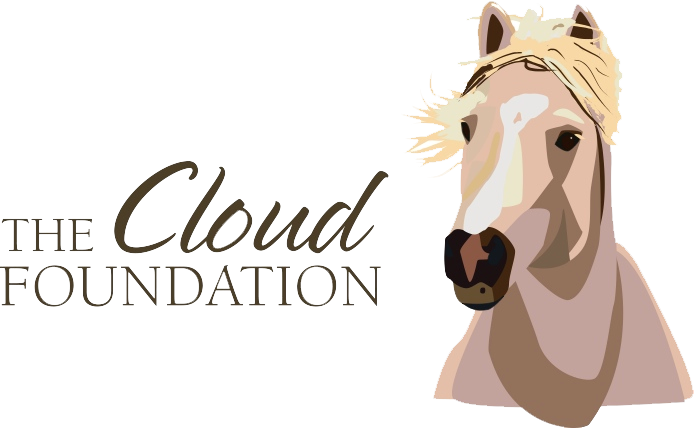The President’s 2021 Budget: Killing the “Wild” in Our Wild Horses and Burros
(February 12, 2020) This week the President’s Budget for the 2021 fiscal year was released. While the Budget does not call for killing healthy horses or sending them to slaughter - something Congress has rejected for years due to overwhelming bi-partisan and public opposition - it seeks to destroy our wild horses and burros in a different way. Included in the Budget, is the federal government’s push to begin using castration, ovariectomy (spaying) and other methods to sterilize wild horses that will literally kill the “wild” in wild horses and burros. (PDF page 716-717/Document page 712-713)
The President’s Budget pushes for the implementation of the following sterilization techniques on the range: gelding, ovariectomy, intrauterine devices, chemical sterilization, tubal ligation, occlusion of the oviduct, etc. The Budget includes broad, catch-all terms such as “humane non-lethal surgical sterilization” and “humane chemical sterilization techniques” which cover a whole host of ill-advised methods.
Why is “wild” important?
In 1971, Congress unanimously passed the Wild, Free-Roaming Horses and Burros Act. It was not called the "American Horses and Burros Act" for a reason. The word "Wild" has distinct meaning, especially when it comes to wild horses and burros. Wild (natural) behaviors are the basis for the wonderful and complex social structure of our wild herds - these natural social behaviors are the only thing that distinguishes wild horses from their domestic cousins.
“The very essence of the wild horse, that is, what makes it a wild horse, is the social organization and social behaviors. Geldings (castrated male horses) no longer exhibit the natural behaviors of non-castrated stallions. We know this to be true from hundreds of years of experience with gelded domestic horses…Castrating horses will effectively remove the biological and physiological controls that prompt these stallions to behave like wild horses. This will negatively impact the place of the horse in the social order of the band and the herd.” – Dr. Jay Kirkpatrick, wildlife reproductive biologist, Science and Conservation Center, Zoo Montana
Dr. Kirkpatrick explains that altering natural hormone production through castration changes what an animal feels and how it behaves. Gelding, ovariectomy and other methods (e.g. sterilization via drugs/chemicals) are specifically used on horses and burros with the objective of changing behaviors – to make the animals more docile and less resistant to training. This is literally done to kill the “wild” and make the animals more tolerant of human dominance.
In 2013, The National Academy of Sciences conducted a BLM-commissioned scientific review of the agency’s Wild Horse and Burro Program. The NAS stated that maintaining natural behaviors in free-ranging horses is in the public interest and that BLM should be more responsive to public sentiment: “Individual males vary in their behavioral response to castration—for example, in the loss of male-type behavior, such as aggression and sexual interest, depending on the age and sexual experience of the male. However, some or total loss of sex drive would be likely in castrated stallions, and this is counter to the often-stated public interest in maintaining natural behaviors in free-ranging horses.” (page 123)
Ginger Kathrens, Founder and Director of The Cloud Foundation, has documented that mares – especially lead mares – play a critical role in wild horse social structure. Hormone production in these mares would be catastrophically altered through spaying or the use of drugs that shutdown estrus cycles. Since these mares are the glue that holds the family unit together, the resulting changes to their natural behaviors could have a very detrimental impact on the intricate bonds that are the foundation of wild horse society.
We know that the behavior of mammals (including humans!) are related to - and in many cases driven by - hormone production. Therefore, it’s understandable that shutting down the production of certain hormones would likely cause the loss of natural behaviors essential to “wild horses.” This would include specific stallion behaviors necessary for winning and keeping mares as well as lead-mare behaviors essential for social organization, family bonds and band integrity.
Wild horses and burros, many of whom live in extreme environments, rely on their natural instincts for survival -- destroying natural behaviors may literally put the lives of these animals at risk.
The job before us now is to educate the public and Congress about the importance of preserving the natural behaviors of our wild horses and burros, and ensure that it is a required component of any management program. Otherwise, when future generations visit our “wild” herds years from now, they may see nothing more extraordinary than anything they would see at their local farm.

